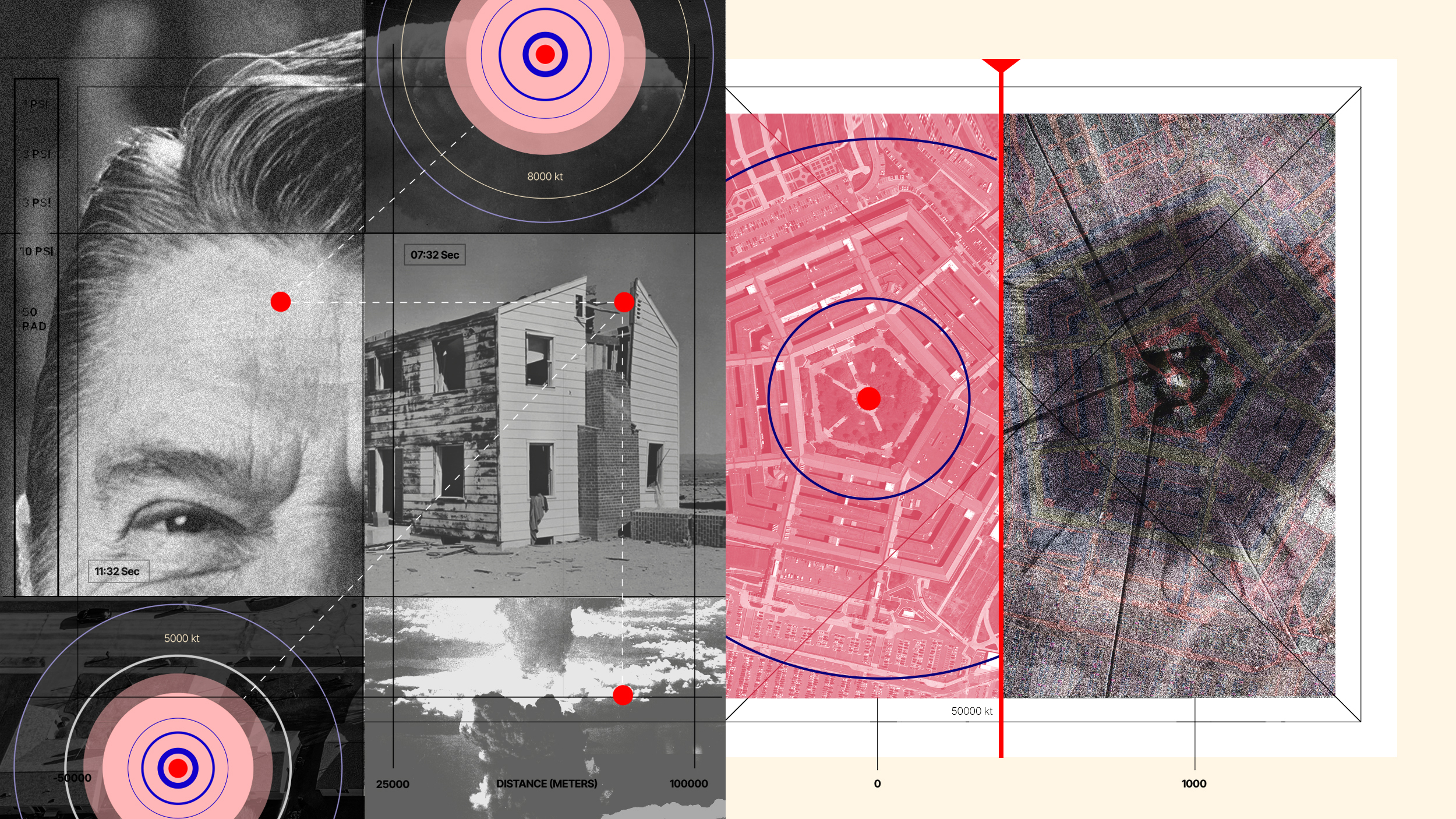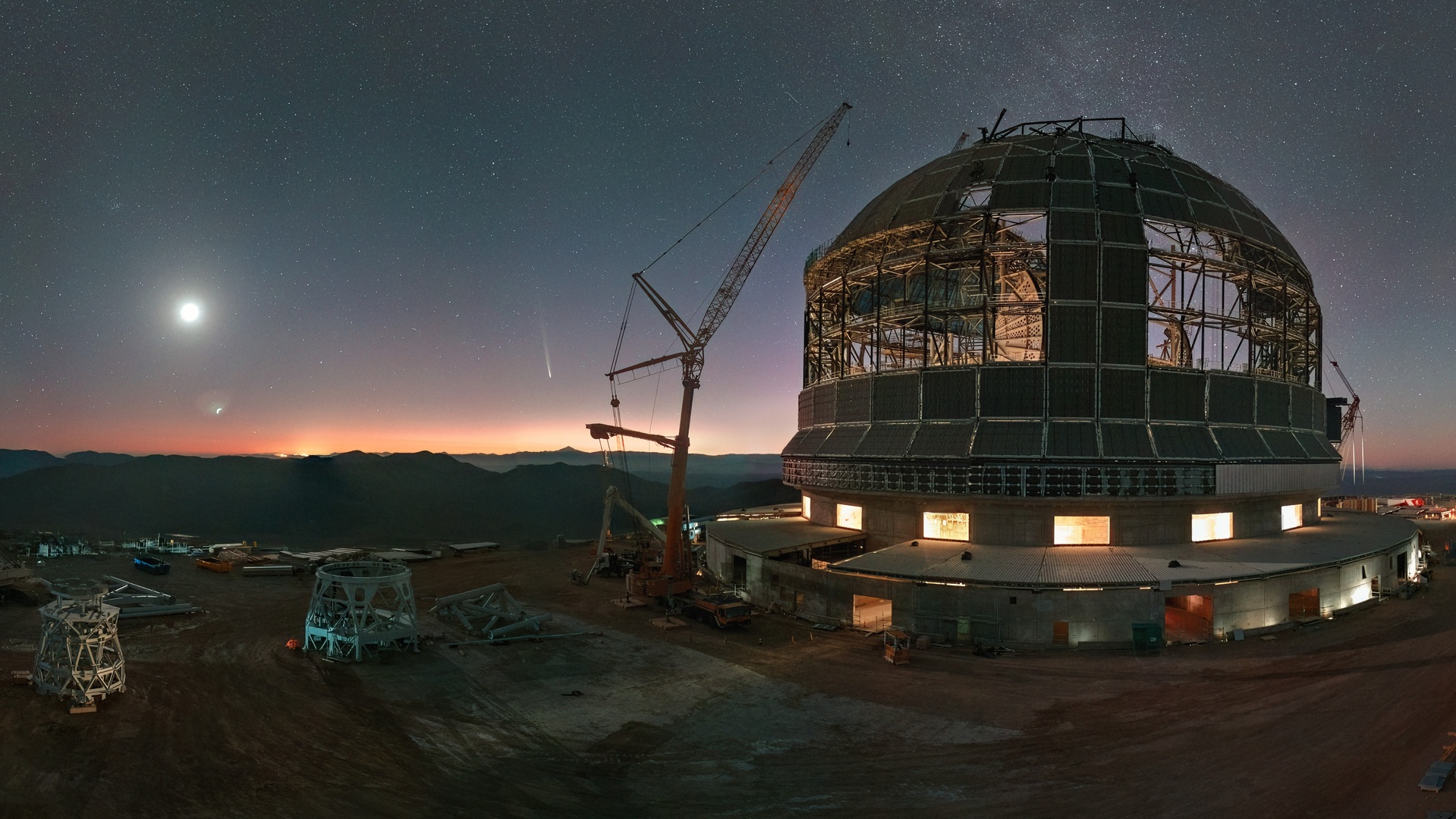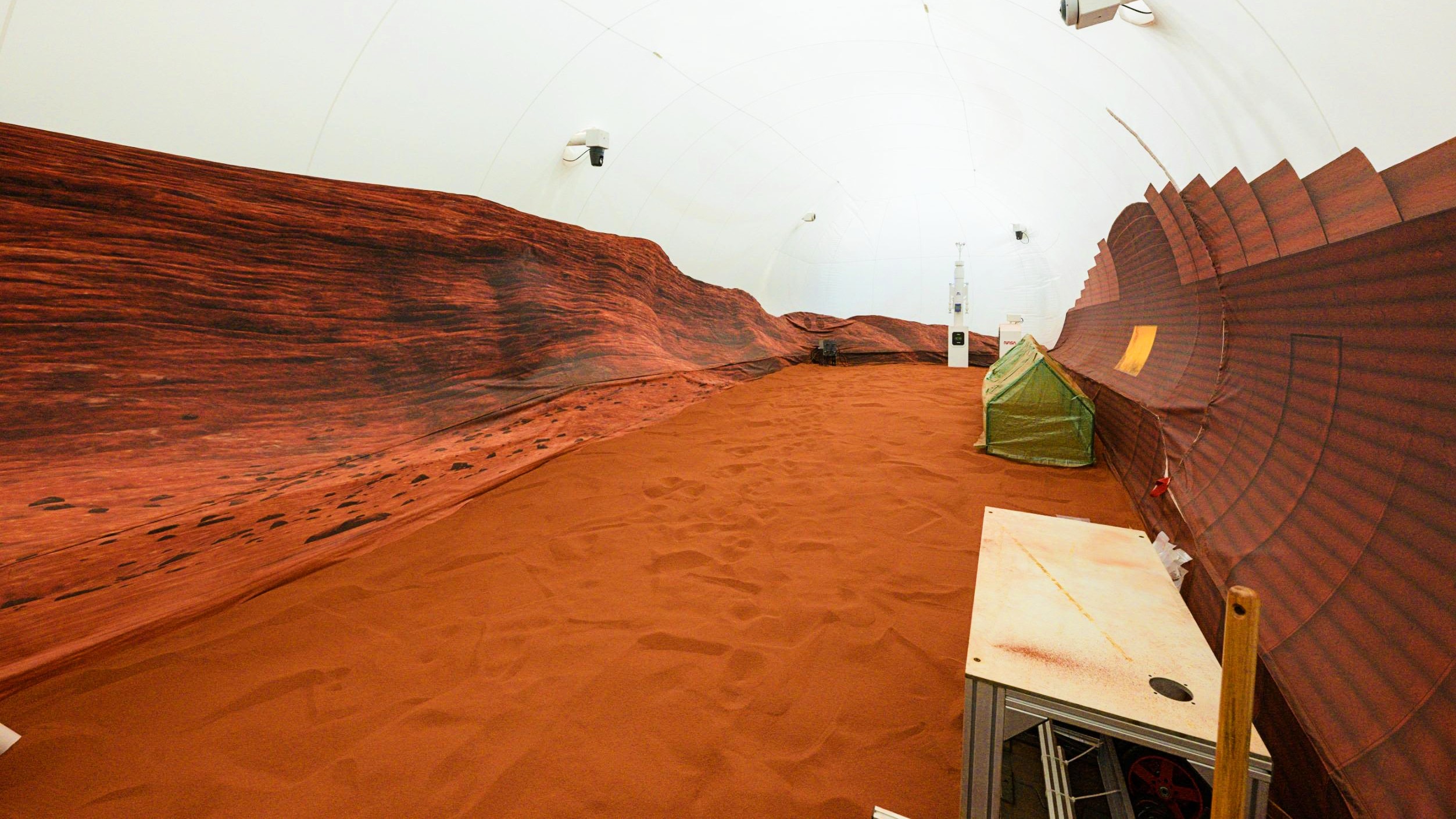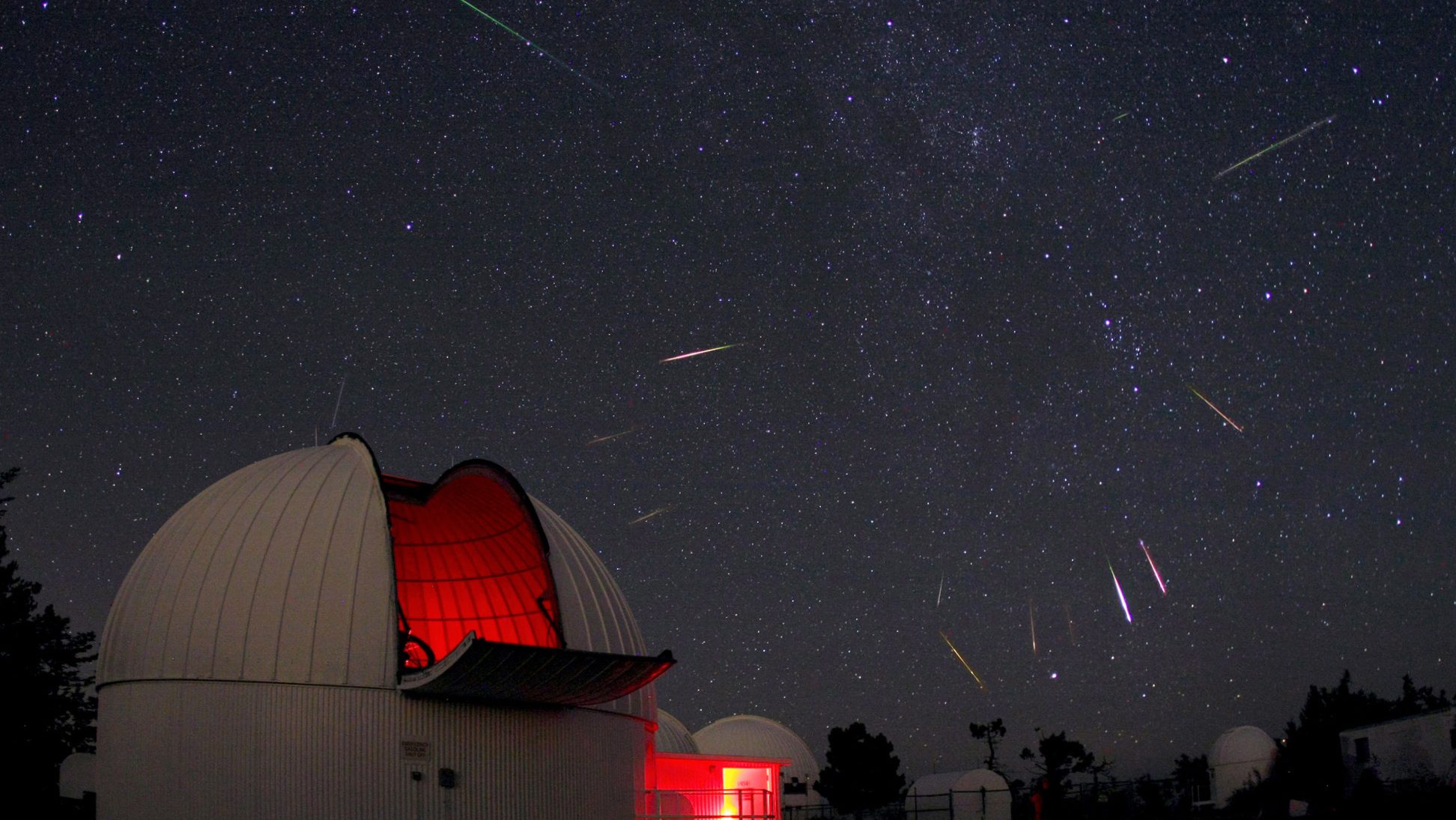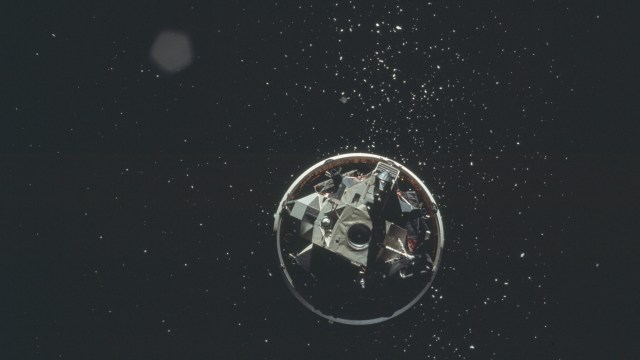What Causes a Meteor Shower?
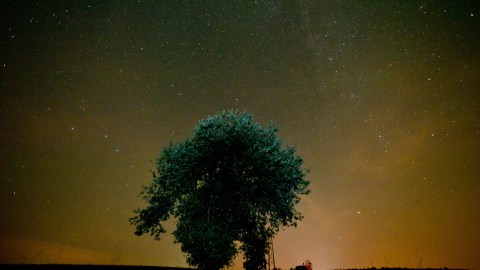
The Perseid meteor shower is coming in August, which may put you in the mind to wonder “What causes a meteor shower?”
When we see a meteor skirt across the sky, we are actually seeing Earth collide with a cloud of comet dust. This comet dust gets swept up in Earth’s gravity and begins to fall toward our planet at 158,000 miles per hour. These fragments are usually no larger than a grain of sand, so they burn-up upon entry into Earth’s atmosphere, and stargazers get to witness their fiery demise. Neat, right?
Now, it usually takes weeks to pass through these clouds of comet dust, but some parts of these clouds are denser than others. These are the “peak times” to view a meteor shower, where you can sometimes see around 100 meteors an hour.
This summer Perseid is predicted to have 200 meteors per hour–double the norm–during its peak night (August 11) and morning (August 12). The comet dust for this meteor shower was provided by Comet 109P/Swift-Tuttle—a particularly interesting orbiting space body. The comet makes a pass by Earth every 133 years, but scientists think in a few thousand years its orbit may put it on a collision-course with Earth.
Sally Stephens of the Astronomical Society of the Pacific reported in 1993 that “calculations show Comet Swift-Tuttle will pass a comfortable 15 million miles from Earth on its next trip to the inner solar system. However, when [astronomer Brian Marsden] ran his orbital calculations further into the future, he found that, in 3044, Comet Swift-Tuttle may pass within a million miles of Earth, a true cosmic ‘near miss.’”
“Astrophysicists have been telling people for decades, at least since the ‘80s, that earth orbits the sun in a shooting gallery and asteroids hit Earth,” says Neil deGrasse Tyson.
